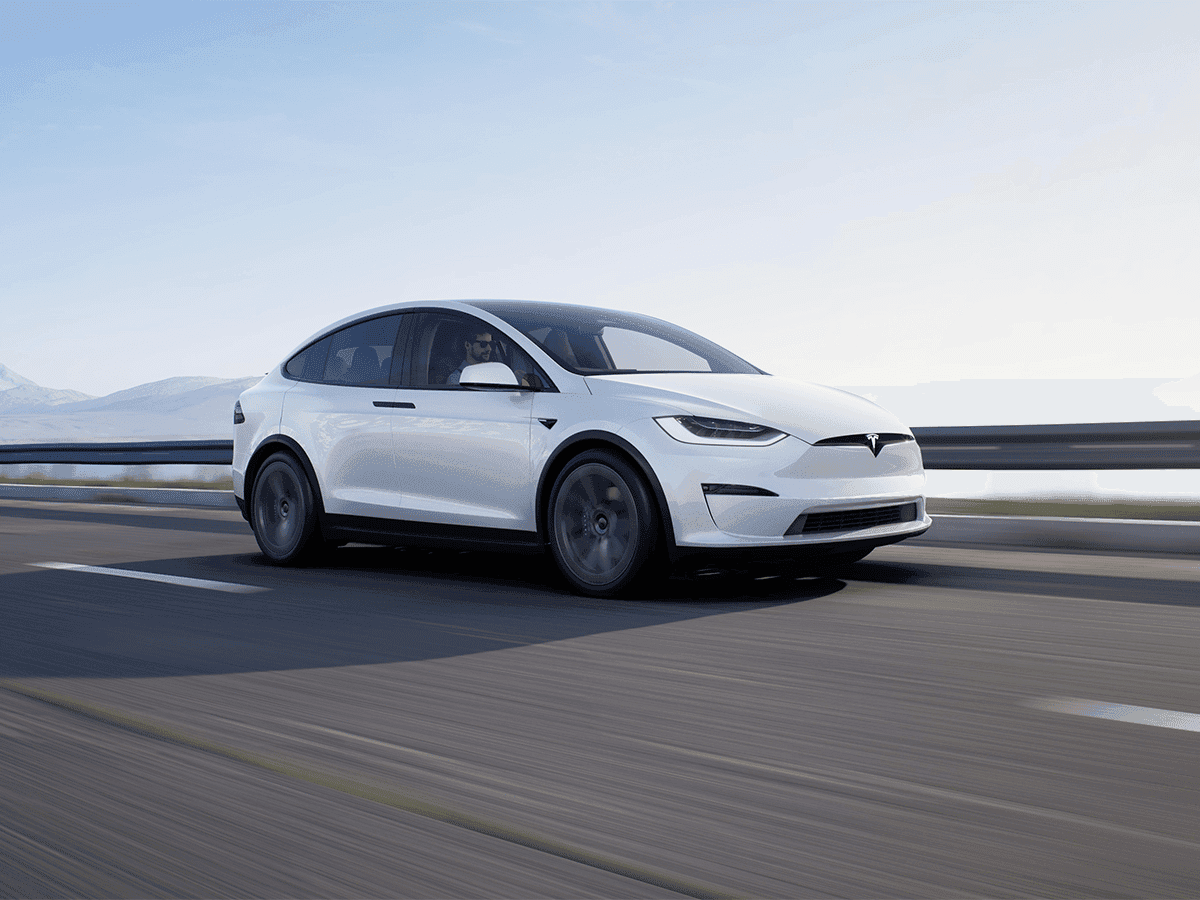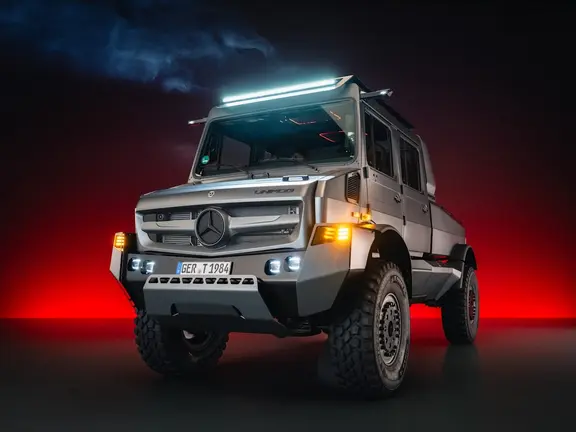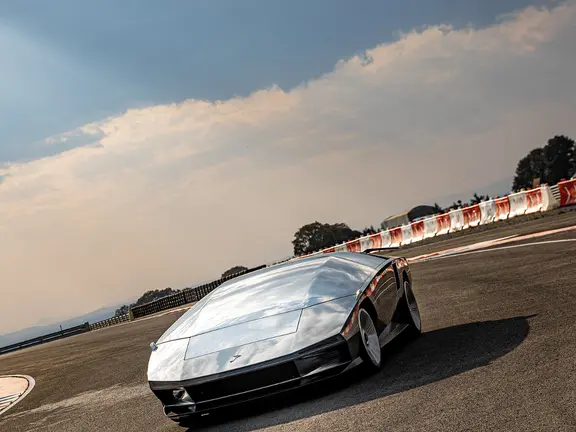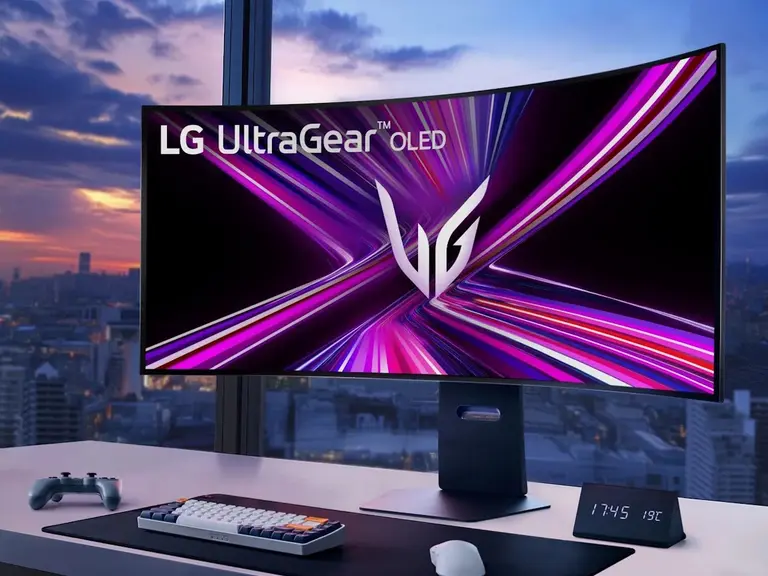
Published:
Readtime: 5 min
Every product is carefully selected by our editors and experts. If you buy from a link, we may earn a commission. Learn more. For more information on how we test products, click here.
Car colour distribution is at an all-time low. Take a look around your neighbourhood and we’re sure you’d agree that just about everything is either white, black, or a shade of grey. Put yourself in our shoes and you’d be happy that most manufacturers who loan cars for review are game enough to throw everything at the options list – including colours like Atacama Orange – in order to drive clicks to an article, however, when a customer is hit with the prospect of shocking resale value if they go for anything other than a shade of ‘bland’ the spectrum starts to tighten.
A 2020 study by Reddit user Feemiror gives us one of the most comprehensive looks yet at reaffirming the dreariness on the road. The user scraped over 3.5 Million car offers (used and brand new) from Polish websites from 2017-2020. The raw data can be accessed right here, but we’ve put together an interactive chart together below. Let’s check out some of the key figures.
Related: Can’t get enough cars? Check out all our car news, reviews, and more in one place.
Car Colour Distribution Chart Data
Crunching the numbers using the chart above and we see that white-coloured cars accounted for 22.68 per cent of cars for sale, combined that figure with black (19.62), and grey (21.08), and the numbers paint a picture of what we see on the road today with a whopping 63.38 per cent of vehicles on sale one of three shades. Adding silver (7.78) into the equation and more than 70% of cars on sale aren’t even coloured at all.
Those who love cars and choose colours that stand out from the pack, such as burgundy (0.91), purple (0.18), green (1.2), gold (0.80) or yellow (0.90) accounted for less than 5% of cars on sale. Evidence that the greyscale takeover passes the eye test.
Looking at the data and its green that saw the biggest fluctuation, moving from a peak in sales in 1995 with a large 20.2 per cent share to its 2020 demise with less than 1.3 per cent. Speaking of which, you’d be hard-pressed to think of a green car on sale today that isn’t some form of ‘British Racing Green’ – the recently unveiled M5 CS is the most obvious that comes to mind – and no one bought the Chevrolet Corvette Z06 NFT so there’s ruling that out. Bring back the green cars! And maybe the purple while you’re at it, cheers BMW.
How Car Colour Affects Resale Value
The chart shows a consumer trend towards greyscale colours and you would assume this is all in a bid to maximise a vehicle’s resale value, however, data analysed by iSeeCars tells a slightly different story. The website compared prices of more than 650,000 recently sold three-year-old used cars to determine an average depreciation rate by colour.
“A vehicle’s colour is among the primary considerations after shoppers have decided on a make and model… With depreciation being the largest cost of vehicle ownership, consumers should carefully consider their colour choice – especially if they plan on selling their vehicle,” said iSeeCars Executive Analyst Karl Brauer.
| Vehicle Depreciation by Car Color (ranked by lowest to highest % depreciation) | ||||
| Rank | Colour | 3-year % Depreciation | $ Difference from MSRP | Compared to Overall Avg |
| 1 | Yellow | 4.5% | $3,155 | 0.3x |
| 2 | Orange | 10.7% | $3,825 | 0.7x |
| 3 | Purple | 13.9% | $5,461 | 0.9x |
| 4 | Red | 14.0% | $5,399 | 0.9x |
| 5 | Green | 14.0% | $5,596 | 0.9x |
| 6 | Blue | 14.3% | $5,582 | 1x |
| 7 | Gray | 14.3% | $5,635 | 1x |
| 9 | Beige | 14.4% | $5,960 | 1x |
| 10 | Silver | 14.8% | $5,499 | 1x |
| Overall Average | 15.0% | $6,096 | 1x | |
| 11 | White | 15.5% | $6,490 | 1x |
| 12 | Black | 16.1% | $6,993 | 1.1x |
| 13 | Gold | 16.7% | $6,719 | 1.1x |
| 14 | Brown | 17.8% | $7,642 | 1.2x |
You can see from the table above – courtesy of iSeeCars – that yellow is the vehicle colour that holds its value best, depreciating 70 per cent less than the average vehicle. There’s a strong case to be made that yellow is typically reserved for sportscars that hardly lose value in today’s used-car market, and the same can be said about the results from orange and purple who often find themselves as ‘limited-edition’ or ‘special-edition’ options on newer vehicles that buyers are happy to pay a premium for.
Ultimately, silver, white, black and grey sit around the overall average for vehicle depreciation and you would expect such a result with the amount of market share they have. Jewel colours on the other hand – purple, red, green, and blue – hold their value better than average thanks to being “slightly more novel than greyscale colours,” said Brauer.
Our Verdict on Car Colour
The numbers remind us that the most logical decision when buying a new car with resale in mind is to choose a vehicle that’s one of four greyscale colours – grey, black, silver, and white – however, there’s money to be saved (and made) in getting your name on the list for a limited-edition vehicle such as the Toyota GR86 Limited Edition, VW Golf R ‘Final Edition’, or ordering a custom colour through the various luxury car brand processes (Porsche Exclusive Manufaktur, Jaguar SVO, etc.).
Our choice? Pick a jewel colour if one is available, we absolutely love ‘Solar Red Crystal‘ from Mazda and the new Thundernight Metallic option available on the BMW M240i we recently drove.
You’ll also like:
2022 Porsche Taycan RWD Review: The Model to Buy?
Chevrolet Corvette Z06 NFT Flops After Receiving No Bids






























Comments
We love hearing from you. or to leave a comment.